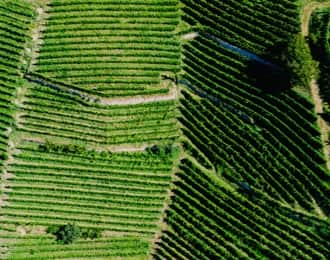Different origins, different flavours.
Many different varieties are produced from Arabica and/or Robusta beans. Ethiopia and Tanzania produce quality beans that are ideal for roasting specifically for espresso coffee. The Ethiopian coffee in cup has strong aromas of citrus and jasmine, flowery notes with a sweet and pleasantly acidic taste. The Tanzanian one is sweet and sour, with aromatic notes of caramel, fresh fruit and citrus. The Indian coffee in cup has a bitter-sweet taste that leaves hints of chocolate and biscuit on the palate. The Guatemalan one is sweet, slightly acidic, full-bodied with aromatic notes of chocolate, honey, caramel and citrus fruits. The coffee in cup from El Salvador has a sweet, sour flavour with fruity and caramel aromatic notes. The Costa Rican one has strong aromas of orange, chocolate, caramel, honey and vanilla and a sweetly smooth taste in cup. The Colombian coffee in cup has an acid-sweet-bitter balance, as well as a good body with aromatic notes of caramel, chocolate, fruit and dried fruit that add wonderful complexity.


